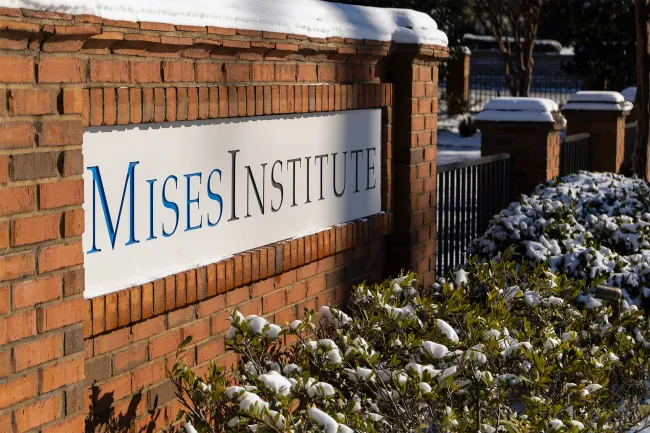Austrian Business Cycle Theory in Light of Rational Expectations: The Role of Heterogeneity, the Monetary Footprint, and Adverse Selection in Monetary Expansion
We contribute to the debate over the contemporary relevance of the Austrian Business Cycle theory (ABC) by making three theoretical developments.


